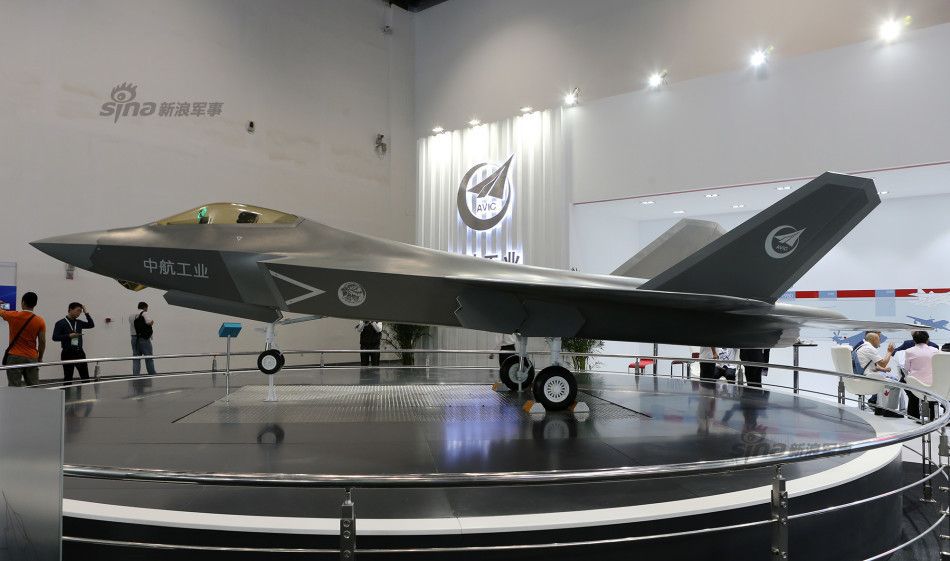Dysta
Posts: 1909
Joined: 8/8/2015
Status: offline

|
I realized I am a big fool that believe stainless-steel hull can resist corrosion from sea water. And kept that way until I read this news.
I knew new materials can improve the ship hull not just keep away from being rusty, but also can improve its cruising performance. Yet, the copper-bottom kind is totally unheard for me:
--------------------
quote:
http://www.scmp.com/tech/science-research/article/1858075/eighteenth-century-style-copper-bottomed-warships-may-be
Eighteenth century-style 'copper-bottomed' warships may be the future of China's navy
New bacteria-fighting solution could save navy billions of yuan and lead to stronger, faster ships
A ground-breaking new innovation in steel production by Chinese scientists may help the country's future warships and submarines move fast and last longer than their foreign counterparts.
The new technology could also save hundreds of billions of yuan in damage and corrosion that stainless steel typically underwent when exposed to seawater, according to researchers from the Chinese Academy of Sciences' Institute of Metal Research in Shenyang, Liaoning province.
Though still undergoing testing, the special material can be applied to critical components such as joints and shafts, where the traditional practice of coating with anti-corrosion materials is difficult or impossible, thus significantly increasing the performance and durability of a vessel, the scientists said.
At present, bacteria are far more dangerous to Chinese warships than enemy navies.
One strain, Pseudomonas aeruginosa, is found throughout the world's oceans and has a special predilection for steel. Even duplex stainless steel, one of the hardest and most corrosion resistant materials used in the industry, can lose up to 40 millimetres per year to the merciless chewing of the bacteria.
The weight and drag caused by bacteria living on the surface of ships can also affect speed and manoeuvrability, the researchers said. They estimated that more than a third of fuel consumed by Chinese ships was wasted compensating for extra drag caused by bio-corrosion.
While the People's Liberation Army Navy does not disclose data on how serious the problem is to its fleets, the US spends upwards of US$23 billion on the issue every year.
In 2011, the USS Independence aircraft carrier was returned to dry-dock after less than a year in service due to severe corrosion found on steel components around its engines.
For its new material, the Chinese team, led by professor Yang Ke, reached back into history.
The British royal navy once covered the bottoms of its wooden ships with copper to prevent hulls from rotting, a crucial technology that helped the UK achieve maritime dominance in the late 18th century.
But as ships began to be built from metal, copper was forsaken due to the weight it would add to already heavy iron or steel hulls, as well as concerns over cost and durability.
Yang's team sought to combine copper with the widely used duplex stainless steel. The effort took more than a decade, but they were eventually able to find the right formulation to maximise copper's anti-bacterial effects without sacrificing the steel's strength.
To test the new material, the scientists cultured P. aeruginosa on it. The copper-steel amalgam killed nearly 97 per cent of the bacteria in a week, preventing corrosion and "effectively eradicating the biofilm", according to the team's paper in the journal Biofouling.
The new material could be a breakthrough in helping China become a new sea power, said Huang Weiping, a marine engineering professor with the Ocean University of China who was not involved in the research.
"Most protective coatings need to be re-applied every few years. For underwater projects, repeated coatings cannot be applied because it is impossible to do the job in water," he said.
The new steel has to be cheap for it to be widely adopted. Similar germ killing products have been developed for medical use but would be far too expensive for use in ship making.
Even using the material on only a few sensitive components could increase a ship's performance and durability dramatically, however.
"The life span of a ship or building is not determined by the strongest parts, but the weakest," Huang said.
But "the material must be tested in a real environment. The result in practice may not turn out as good as in the lab.
|
 Printable Version
Printable Version


















 New Messages
New Messages No New Messages
No New Messages Hot Topic w/ New Messages
Hot Topic w/ New Messages Hot Topic w/o New Messages
Hot Topic w/o New Messages Locked w/ New Messages
Locked w/ New Messages Locked w/o New Messages
Locked w/o New Messages Post New Thread
Post New Thread